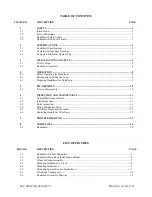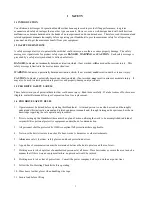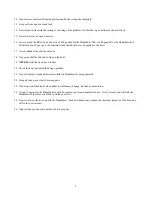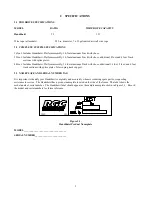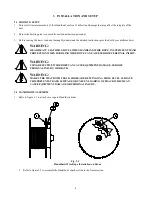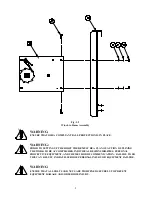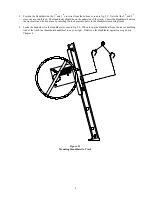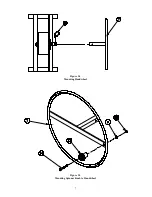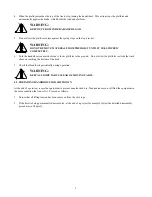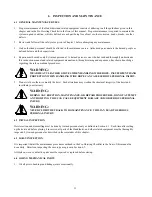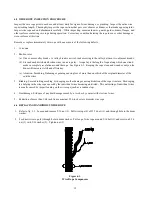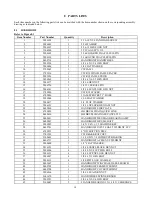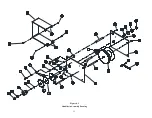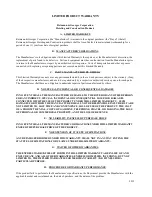
1
1
SAFETY
1.1 INTRODUCTION
Your Reimann & Georger Corporation Handihoist has been engineered to provide lifting performance, long term
economics and safety advantages that no other type can match. However, even a well-designed and well-built hoist can
malfunction or become hazardous in the hands of an inexperienced and/or untrained user. Therefore, read this manual and
related equipment manuals thoroughly before operating your Handihoist to provide maximum safety for all operating
personnel, and to get the maximum benefit from your equipment.
1.2 SAFETY DEFINITIONS
A safety message alerts you to potential hazards that could injure you or others or cause property damage. The safety
messages or signal words for product safety signs are
DANGER
,
WARNING
, and
CAUTION
. Each safety message is
preceded by a safety alert symbol and is defined as follows:
DANGER:
Indicates an imminently hazardous situation which, if not avoided,
will
cause death or serious injury. This
safety message is limited to the most extreme situations.
WARNING:
Indicates a potentially hazardous situation which, if not avoided,
could
result in death or serious injury.
CAUTION:
Indicates a potentially hazardous situation which, if not avoided,
may
result in minor or moderate injury. It
may also be used to alert against unsafe practices and property-damage-only accidents.
1.3 PRO DRIVE SAFETY LABELS
These labels warn you of potential hazards that could cause injury. Read them carefully. If a label comes off or becomes
illegible, contact Reimann & Georger Corporation for a free replacement.
1.4
PRO DRIVE SAFETY RULES
1.
Operators must be trained before operating this Handihoist. A trained person is one who has read and thoroughly
understands this instruction manual and related equipment manuals and, through training and experience, has shown
knowledge regarding the safe operational procedures.
2.
Prior to setting up the Handihoist there must be a plan of action outlining the work to be accomplished, individual
responsibilities, personal protective equipment, and method of communication.
3.
All personnel shall be protected by OSHA compliant fall protection where applicable.
4.
Never use the hoist structure to anchor life lines, worker’s harnesses or other attachments.
5.
Always
use safety footwear, safety glasses, and head protection devices.
6.
A good line of communication must be maintained between the hoist operator and the roof crew.
7.
Hoisting area is to be kept clear of unauthorized personnel at all times. Place barricades or secure the area in such a
manner that if there were an equipment failure, no personnel would be injured.
8.
Hoisting area is to be clear of power lines. Consult the power company before you work near power lines.
9.
Follow the Pre-Hoisting Checklist before operating.
10.
Wear heavy leather gloves when handling wire rope.
11.
Secure load before lifting.


